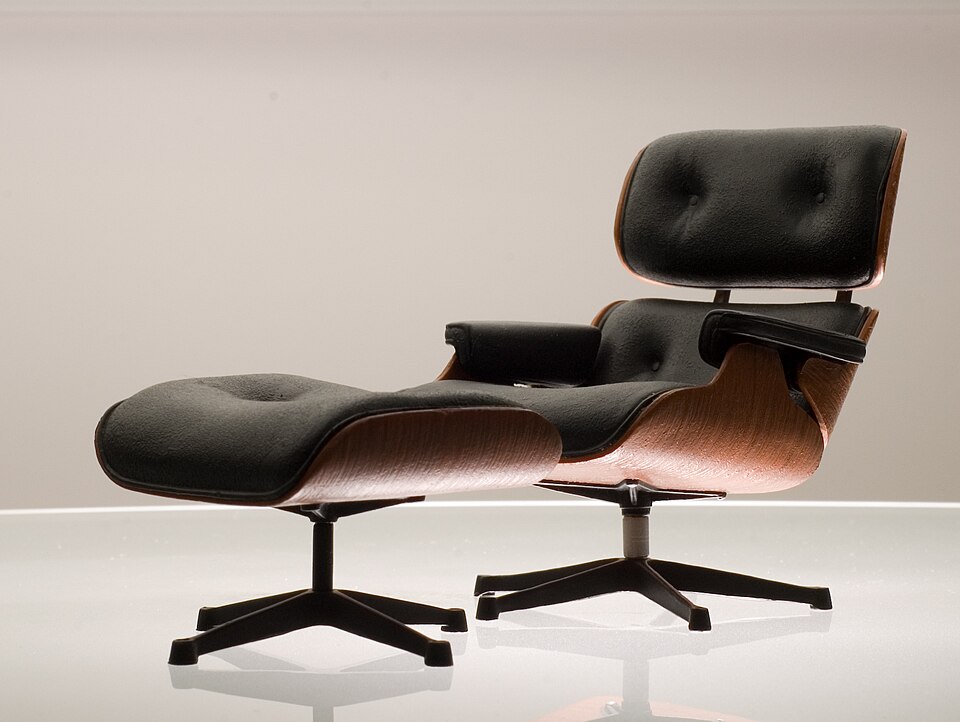
That sleek chrome chair in the fancy hotel lobby? It’s not just “modern furniture”—it’s the Barcelona Chair, and it was literally designed as a throne. The curvy plastic seat at your dentist’s office isn’t generic waiting room furniture either. It’s the Panton Chair, the world’s first single-piece molded plastic chair that scandalized Denmark in the 1960s.
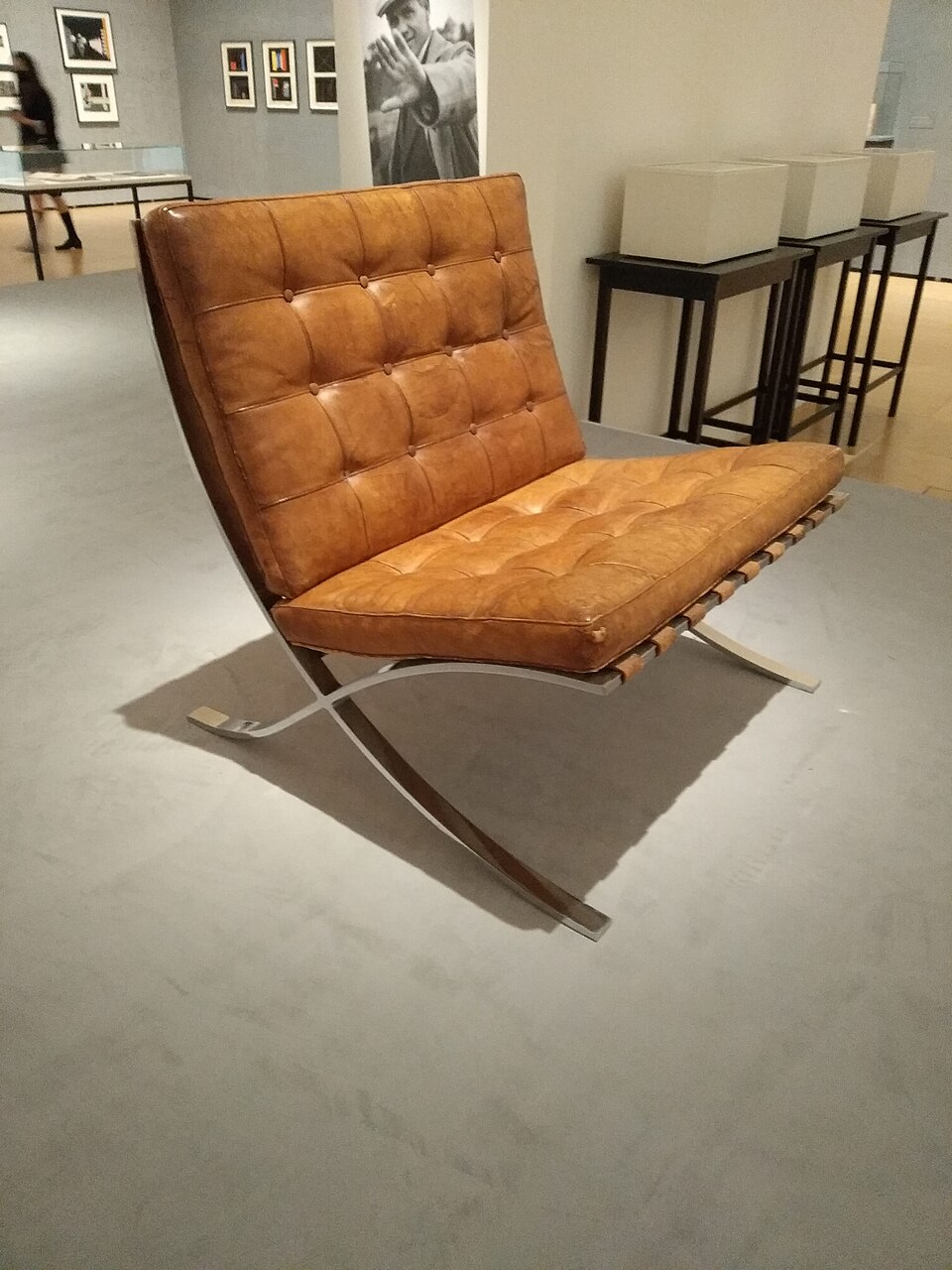
These aren’t just chairs and tables—they’re design legends hiding in plain sight. While most people recognize a Coca-Cola bottle or a Volkswagen Beetle instantly, iconic furniture often goes nameless despite being everywhere from movie sets to boardrooms. The reason? We interact with these pieces so intimately that we see past their fame to their function.
You’ve seen this one: the chrome tubular frame with black leather straps that looks like it belongs in a Bond villain’s lair. Marcel Breuer designed it in 1925 after staring at his bicycle handlebars and having what might be history’s most profitable eureka moment.
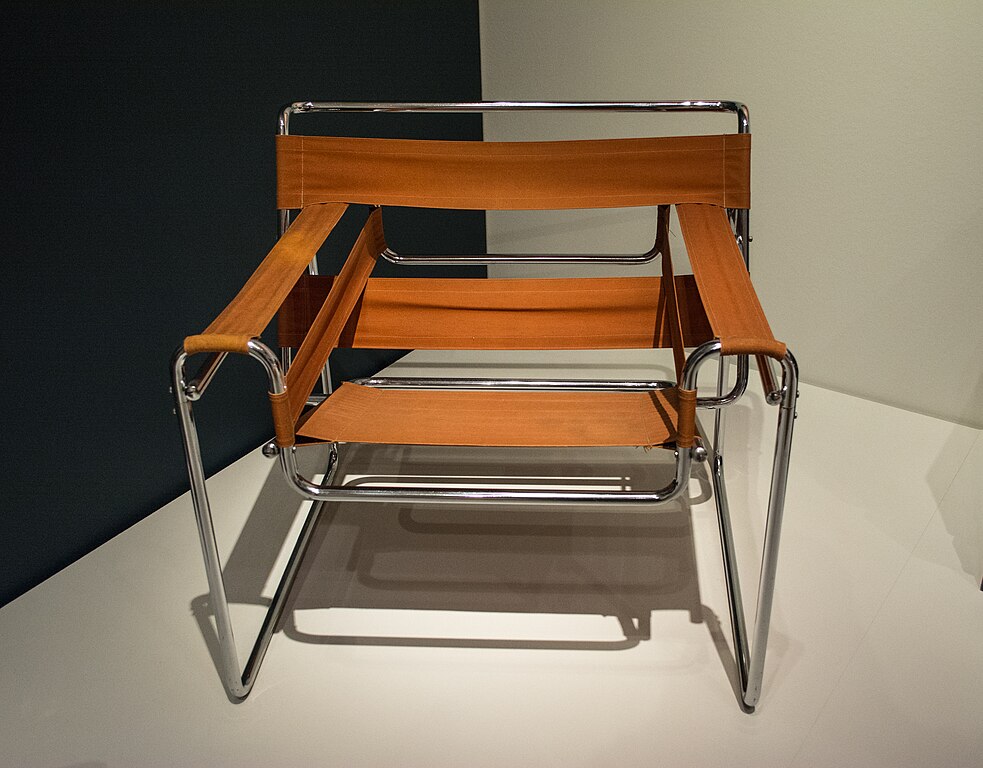
The Wassily Chair was revolutionary because it used industrial materials—steel tubing—in furniture for the first time. Before this, chairs were carved from wood by craftsmen. Breuer essentially brought the factory to the living room, creating something that looked like it came from the future while being surprisingly comfortable.
Here’s what makes it brilliant: the steel frame does all the structural work, so the leather just needs to provide a surface to sit on. This means the chair can be incredibly lightweight yet strong enough to last decades. The original was nicknamed after Wassily Kandinsky, the Russian painter who reportedly admired it so much that Breuer’s friends started calling it “Wassily’s chair.”
This is the chair that screams “I’ve made it” without saying a word. Three curved plywood shells, buttery leather, and a swivel base that costs about as much as a decent used car. Charles and Ray Eames designed it in 1956 as a contemporary version of the English club chair, but their version became something much more significant.

The Eameses called it “a special refuge from the strains of modern living,” which feels almost prophetic given how chaotic modern life became. The chair’s construction is absurdly sophisticated—each plywood shell is made from multiple wood veneers heat-pressed into body-contoured curves, with rubber shock mounts connecting the backrest to the seat for subtle flex.
What’s fascinating is how the Eameses developed this technique. During World War II, they were making plywood leg splints for wounded soldiers and aircraft parts for the military. When peace came, they took their wartime knowledge and applied it to furniture. The same technology that helped win the war ended up in America’s living rooms.
Eero Saarinen hated chair legs. Not just disliked—actively despised what he called the “slum of legs” under dining tables. So in 1955, he designed the Tulip Chair with a single pedestal base that eliminated the visual chaos of traditional four-legged furniture.
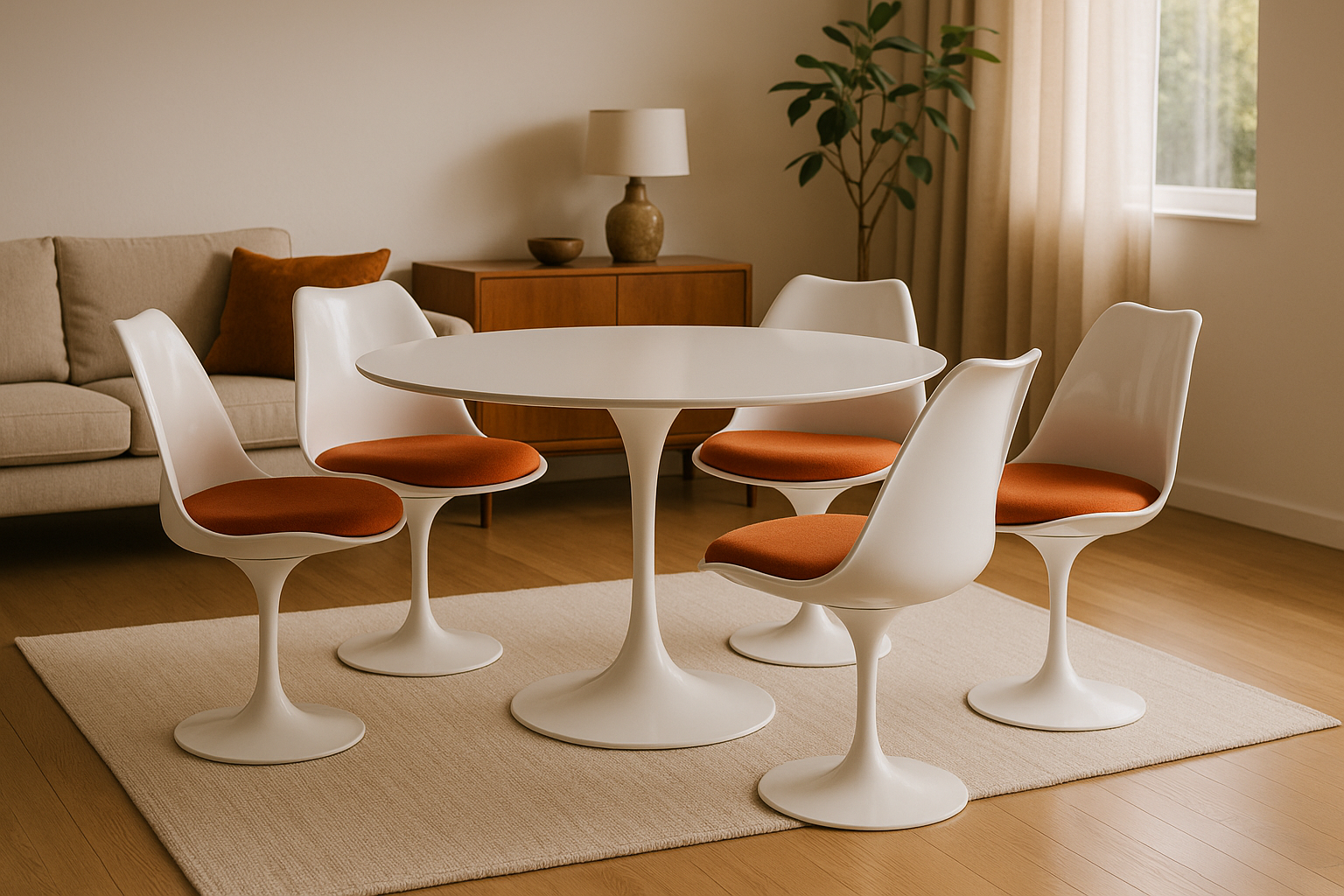
The chair’s single stem creates an almost floating effect, making dining rooms look less cluttered and more spacious. Saarinen wanted to make “the chair all one thing again,” referring to how traditional chairs were carved from single pieces of wood before industrial manufacturing split them into separate components.
The engineering challenge was immense. Saarinen originally wanted to make the entire chair from fiberglass, but the material wasn’t strong enough for the base. The solution was cast aluminum for the pedestal with a fiberglass shell on top, painted to look seamless. It’s a masterclass in hiding compromises—the chair appears to be one continuous piece even though it’s actually two different materials expertly matched.
This table looks like it was designed by someone who couldn’t decide between making furniture or art, so they did both. Isamu Noguchi created it in 1948 with just three pieces: a thick glass top and two identical wooden pieces that interlock to form the base.

The genius lies in its apparent simplicity. Those two wooden pieces are precisely engineered to support the heavy glass top without any additional hardware. The table can be completely disassembled for shipping, then reassembled without tools—the pieces literally lock together like a three-dimensional puzzle.
Noguchi designed it during a fascinating period in his life. As a Japanese-American artist, he voluntarily entered an internment camp during World War II, thinking he could help design better living conditions. While there, he saw an advertisement for a similar table by another designer, which spurred him to finally produce his own version that had been sitting in his sketchbook since 1939.
Back to that throne-like chair from the beginning. Ludwig Mies van der Rohe designed the Barcelona Chair in 1929 for the German Pavilion at the Barcelona International Exposition, where it was literally meant to seat the Spanish King and Queen. The distinctive X-shaped frame was inspired by ancient Roman campaign chairs—portable seats that commanders used in the field.
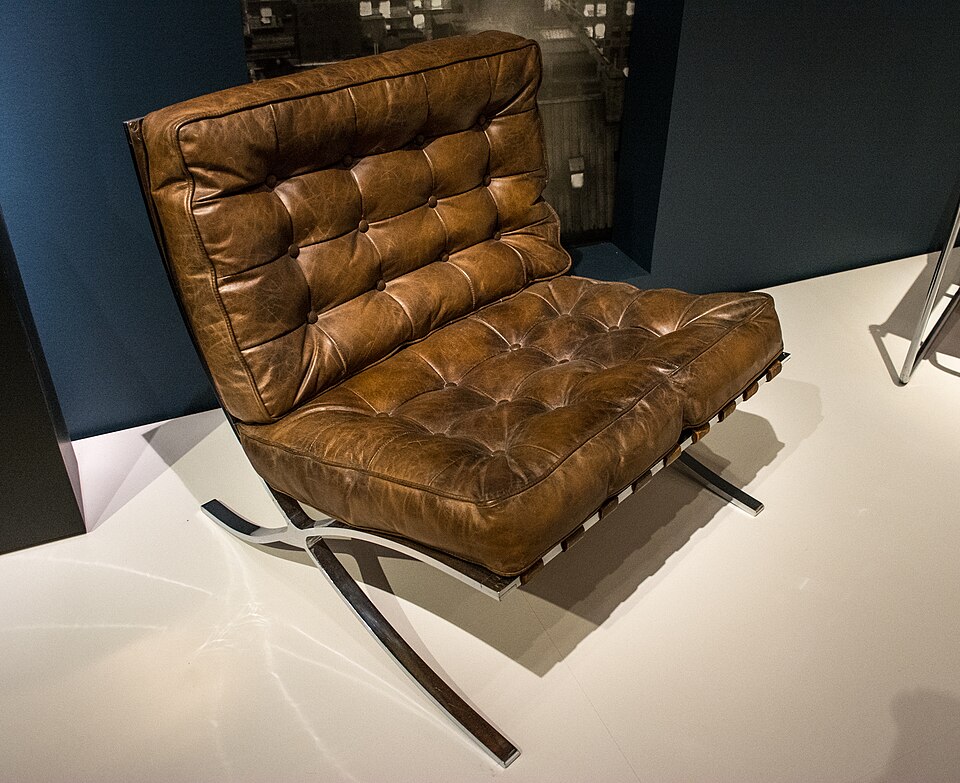
The chair embodies Mies van der Rohe’s famous principle “less is more,” but achieving that simplicity required extraordinary craftsmanship. The frame is hand-polished to a mirror finish, and each cushion is made from 40 individual squares of leather, hand-cut and hand-tufted. It’s minimalism that costs a fortune to execute properly.
What makes the Barcelona Chair a masterpiece isn’t just its looks—it’s how it makes you feel. The proportions are carefully calculated to make the sitter feel important without being obvious about it. The chair has become shorthand for sophistication in movies and TV shows, appearing in everything from “Mad Men” to “The Matrix.”
The world’s first single-piece molded plastic chair looks like something from “2001: A Space Odyssey,” and that’s exactly what Verner Panton intended. Designed in 1967, it was the first time anyone had successfully created a cantilevered chair—one with no back legs—from a single piece of plastic.
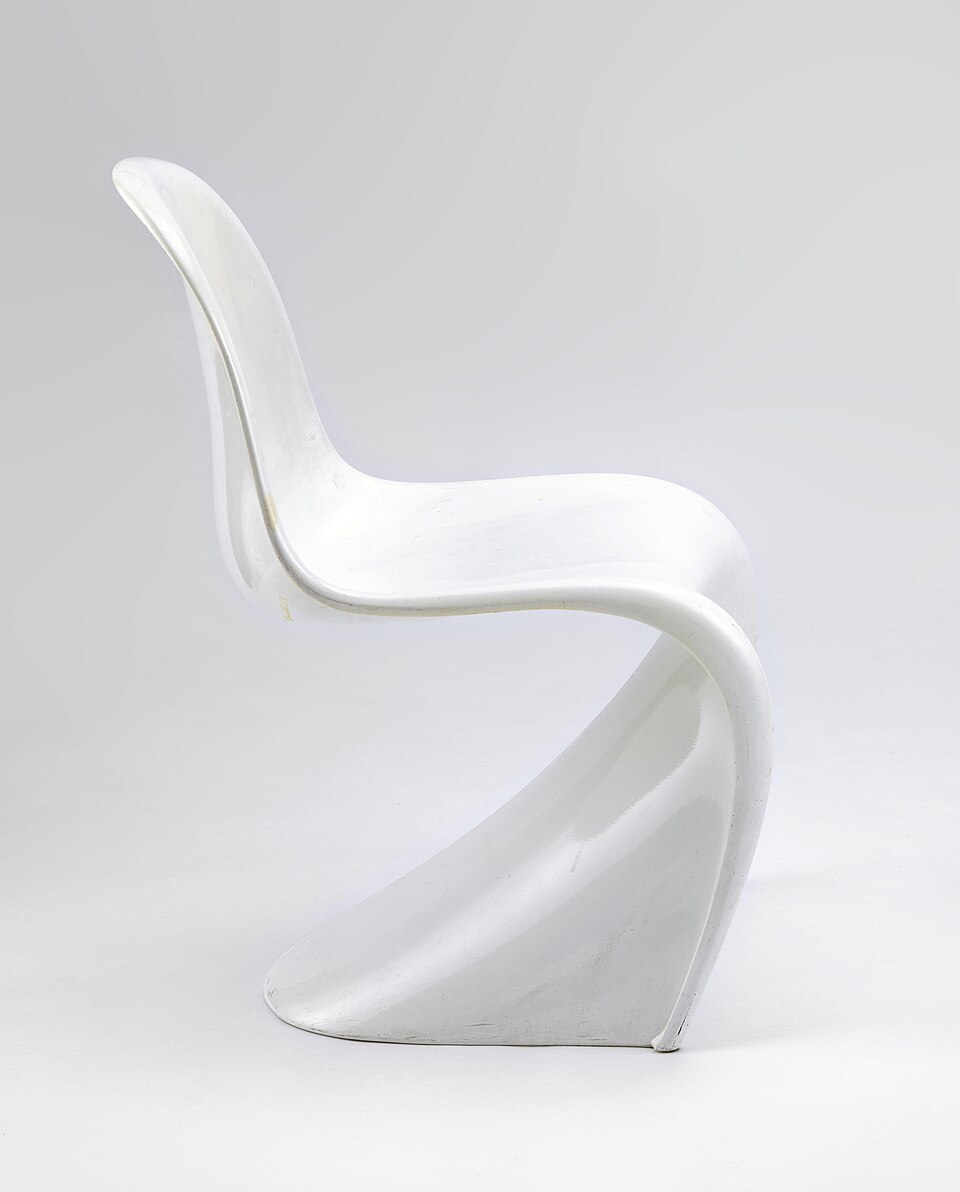
Panton was obsessed with the idea that good design should be accessible to everyone, not just the wealthy. Plastic allowed for mass production at low cost, and the injection molding process meant each chair was identical. The S-curve isn’t just aesthetically pleasing—it’s structural engineering disguised as art.
The chair’s development took over a decade because the technology didn’t exist when Panton first conceived it. He had to work with chemical companies to develop new plastics strong enough for furniture, essentially inventing the future one polymer at a time. When it finally went into production, it became a symbol of the swinging sixties and space-age optimism.
These design legends prove that the best furniture transcends its function to become cultural artifacts. They’re the background characters in our visual lives—always present, rarely acknowledged, but shaping our sense of what looks “right” in ways we don’t consciously realize.
Next time you’re in a hotel lobby, doctor’s office, or even watching a movie, take a moment to really look at the furniture. There’s a good chance you’re seeing history, not just somewhere to sit. And if you’re curious about other mysterious objects you encounter daily, What Is This Thing can help you identify them with just a photo—because the world is full of fascinating things hiding in plain sight.
Download the What Is This Thing app and identify anything with a single photo.